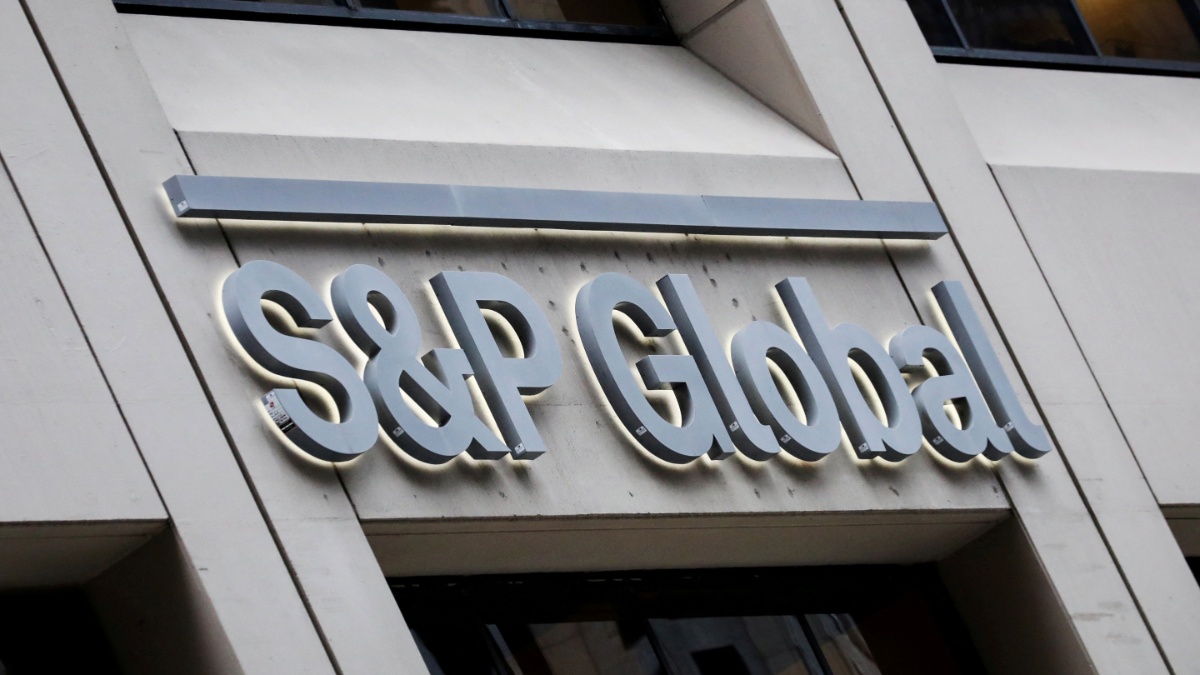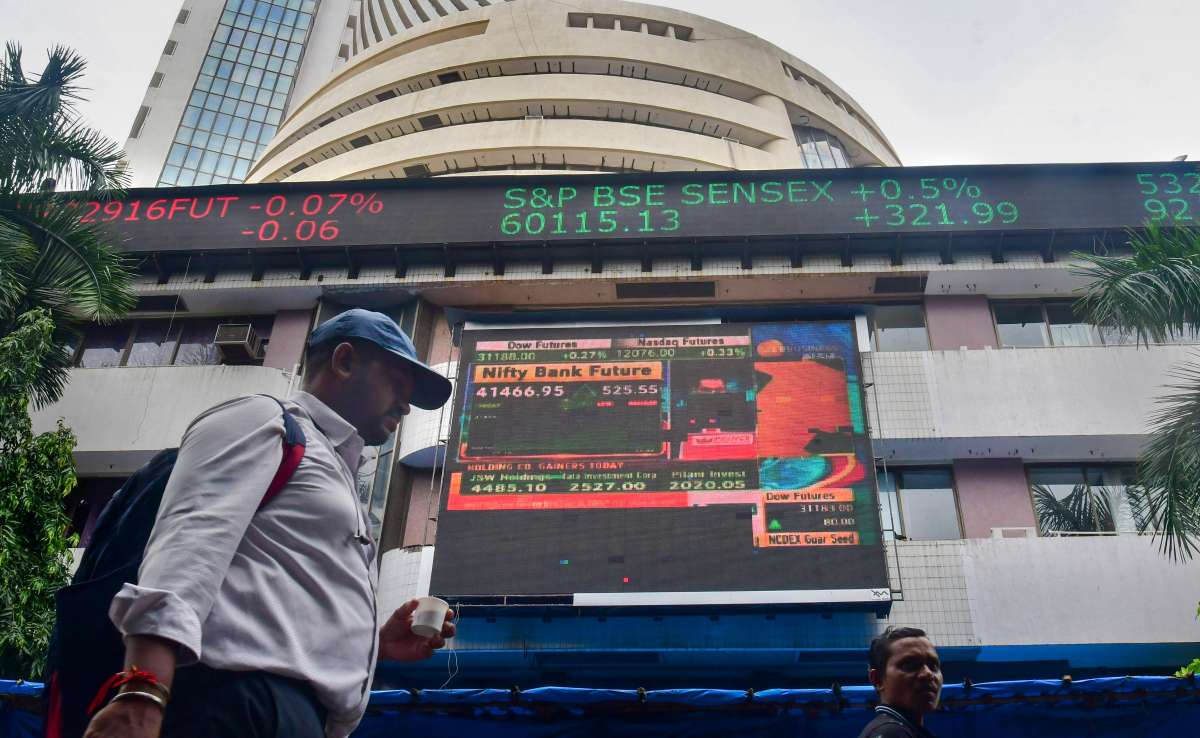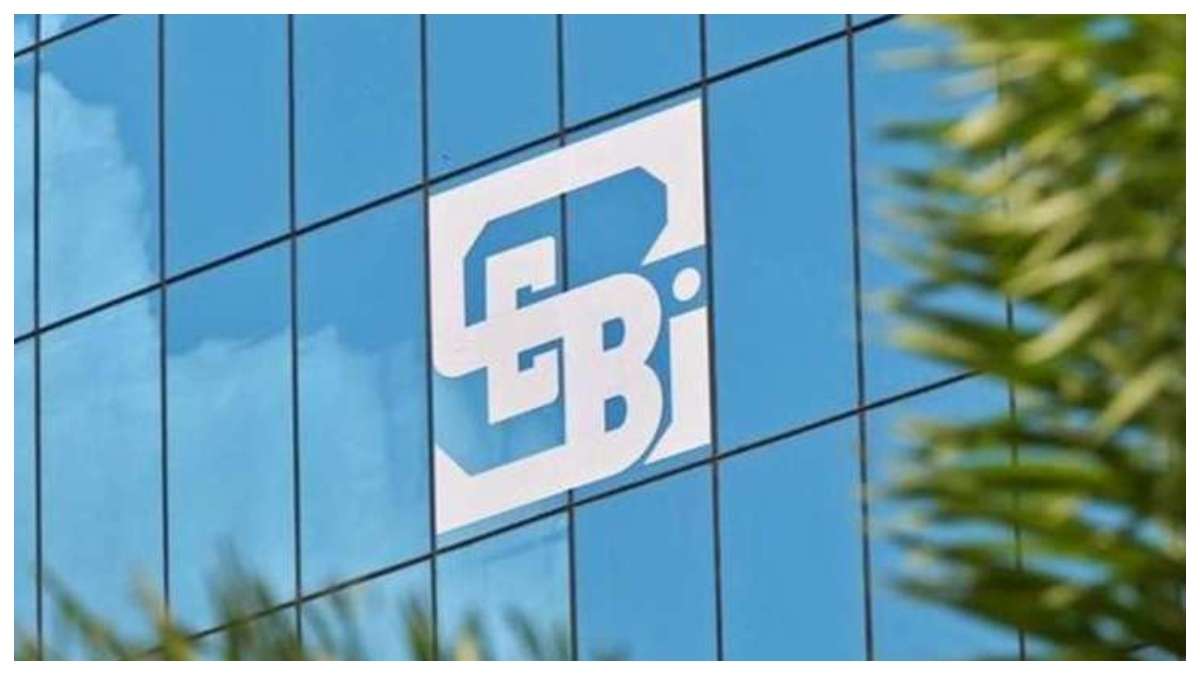S&P Global Ratings has upgraded India’s credit rating outlook from stable to positive, citing policy stability, economic reforms, and high infrastructure investment as key factors driving sustained long-term growth prospects. The sovereign rating remains at ‘BBB-‘, the lowest investment grade.
Fiscal and monetary policy benefits
The rating agency highlighted that cautious fiscal and monetary policies are reducing government debt and interest burden while enhancing economic resilience. S&P Global indicated that these factors could lead to a higher rating within the next 24 months.
Robust economic expansion
“India’s robust economic expansion is having a constructive impact on its credit metrics,” stated S&P Global. The Indian economy is projected to grow at approximately 7.0 percent annually over the next three years, which is expected to moderate the ratio of government debt to GDP the despite ongoing fiscal deficits.
Continuity in reforms
S&P Global forecasted broad continuity in economic reforms and fiscal policies, regardless of the upcoming election outcomes. The agency noted that the government’s spending composition has shifted, with an increased focus on infrastructure, which is expected to alleviate bottlenecks and support higher growth trajectories for the nation.
Understanding S&P Global Ratings: Types, history, and changes in credit ratings
S&P Global Ratings, a division of S&P Global, is an American credit rating agency and one of the largest in the industry. It traces its origins to 1860 with Henry Varnum Poor’s publication of “History of Railroads and Canals in the United States.” The agency as it is known today was formed in 1941 when Poor’s Publishing merged with Standard Statistics, and it was later acquired by The McGraw-Hill Companies in 1966.
Credit ratings
As a recognised credit rating agency, S&P Global Ratings evaluates the creditworthiness of both public and private entities, including governments and corporations. Their long-term credit ratings range from AAA (extremely strong capacity to meet financial commitments) to D (in default). Intermediate ratings such as BBB+ or BBB− provide additional detail about credit risk.
Long-term credit ratings
- AAA: Highest rating, indicating extremely strong capacity.
- AA: Very strong capacity, slightly lower than AAA.
- A: Strong capacity but more susceptible to economic changes.
- BBB: Adequate capacity, more vulnerable to economic conditions.
Non-Investment Grade Ratings
- BB: Less vulnerable in the near term but faces significant uncertainties.
- B: More vulnerable but currently meets financial commitments.
- CCC: Currently vulnerable and dependent on favorable conditions.
- CC/C: Highly vulnerable, possibly in arrears.
- SD/D: Selectively defaulted or in default.
Short-Term Issue Credit Ratings
- A-1: Strong capacity to meet financial obligations.
- A-2: Satisfactory capacity but more susceptible to adverse conditions.
- A-3: Weakened capacity under adverse conditions.
- B/C: Speculative characteristics, vulnerable to nonpayment.
- D: In payment default.
Governance scores
S&P Global Ratings also assesses corporate governance, which reflects the strength of a company’s practices in protecting investor value against governance-related risks. S&P Global Ratings offers nuanced insights into the creditworthiness and governance of entities worldwide, playing a crucial role in the financial market by helping investors make informed decisions.
Also read | S&P upgrades outlook on India’s sovereign rating to ‘positive’ based on country’s robust economic expansion




